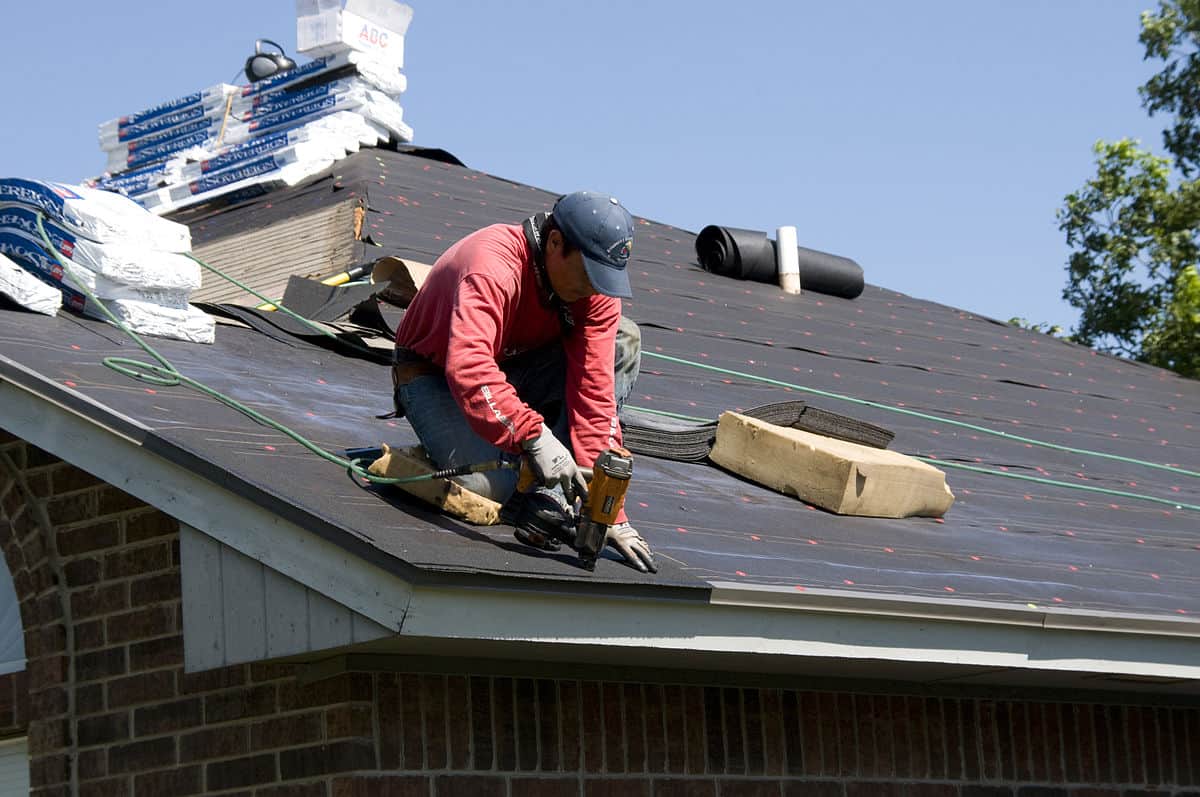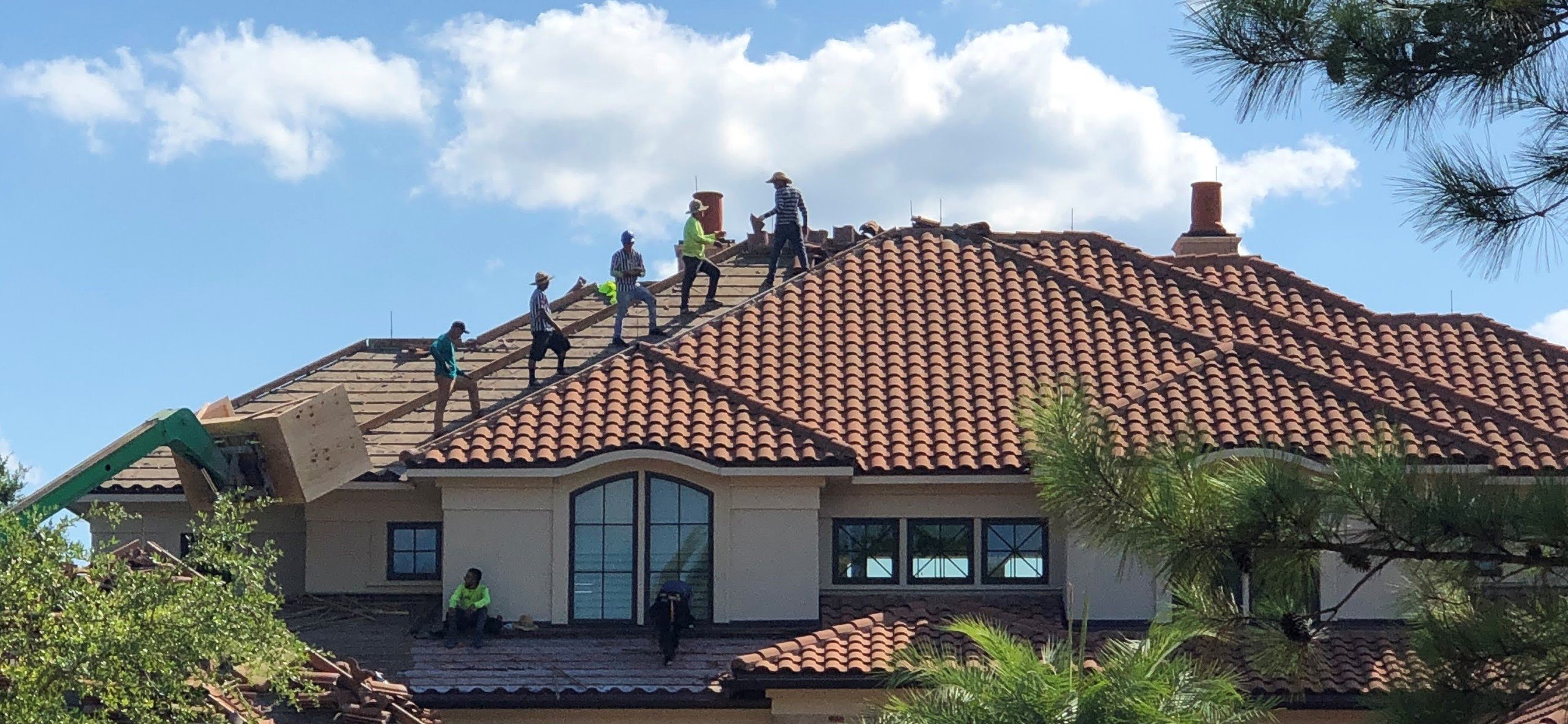Client Reviews on the very best Gainesville FL Roofing Companies Offered
Client Reviews on the very best Gainesville FL Roofing Companies Offered
Blog Article
Ideal Practices for Ensuring Appropriate Roof Covering Ventilation
A balanced intake and exhaust air vent ratio, generally 1:300, plays a critical duty, with intake vents ideally put at the reduced edge of the roof covering for great air access and exhaust vents at the height for warm air departure. Maintaining insulation away from vents is important to avoid air movement constraint.
Understand Air Flow Basics
Correctly comprehending ventilation basics is necessary for ensuring the durability and effectiveness of roof systems. Efficient air flow mitigates dampness accumulation and temperature extremes in the attic room, both of which can lead to substantial architectural damages over time. A well-ventilated roofing system assists in stopping usual concerns such as mold and mildew development, timber rot, and ice dams, which can compromise the integrity of the roof covering products and the underlying frameworks.
The key goal of ventilation is to help with the activity of air, permitting a regular exchange in between the exterior and indoor environments. This balance is accomplished via a mix of intake and exhaust vents that collaborate to maintain optimal airflow. Intake vents, normally situated along the soffits or eaves, enable fresh air to enter the attic room space, while exhaust vents, frequently situated at or near the roofing system ridge, make it possible for warm, humid air to get away.
Secret elements influencing the efficiency of roofing ventilation include correct positioning, ample sizing, and guaranteeing that both consumption and exhaust vents are unobstructed. Normal examination and upkeep are essential to recognize potential clogs, damage, or inadequacies in the ventilation system, thus securing the roof's efficiency and resilience.
Sorts Of Roofing Vents
Roofing vents play an essential duty in preserving efficient attic ventilation and, by extension, the general health of the roof. Numerous types of roofing vents are offered, each with one-of-a-kind advantages tailored to details roof covering needs. Ridge vents, for instance, are installed along the roofing system's top, enabling cozy, moist air to leave from the attic. They offer constant air flow and blend effortlessly with the roofline, making them both reliable and aesthetically pleasing.

Soffit vents are installed under the eaves and job in tandem with roof covering vents to guarantee a balanced consumption and exhaust system. By enabling cooler air to get in from below, soffit vents help with the expulsion of warm air through upper vents. Gable vents, situated on the exterior walls of the attic room, deal another efficient solution, especially in homes with saddleback roofs.
Analyze Your Current Air Flow

Following, consider the age and problem of your roofing products and ventilation components. Older systems may not follow existing building ordinance or might have weakened over time, lowering their performance. Conduct a detailed assessment to identify any type of indicators of damage, such as rust, damages, or voids that might compromise the system's performance.
Additionally, measure the attic temperature level and moisture levels. High temperature levels and moisture can show inadequate air flow - gainesville roofing companies. Make use of a hygrometer and thermometer to obtain precise analyses, contrasting them with outside conditions. Consistent disparities recommend prospective problems that need addressing.
Installation Best Practices
Efficient installation of roof covering air flow systems is critical for making sure ideal efficiency and durability. Proper installation starts with understanding the details ventilation needs of the roof covering and the structure it covers. This involves calculating the proper ratio of intake to exhaust vents, usually adhering to the 1:300 rule, which specifies one square foot of air flow for every 300 square feet of attic room flooring area.

The positioning of vents is equally essential. Intake vents ought to be set up at the roof covering's lower edge, commonly in the soffits, to enable awesome air to get in. Exhaust vents, on the other hand, must go to these guys be mounted near or at the roofing system's height to facilitate the departure of cozy, moist air. This creates an all-natural air flow that aids preserve temperature and wetness equilibrium within the attic room.
Seal all air vent connections thoroughly to avoid air leaks and prospective water seepage. Use premium products and comply with manufacturer guidelines to guarantee longevity and effectiveness. Furthermore, integrating ridge vents with baffles can significantly enhance airflow effectiveness by stopping wind-driven rainfall and snow from getting in the attic room.
Inevitably, precise installation of roof air flow systems minimizes possible concerns such as mold and mildew growth, ice dams, and structural damage, making certain the roof covering's integrity and the structure's total wellness.
Regular Maintenance Tips
Consistency in maintenance practices is essential to making sure the long-lasting effectiveness of roof ventilation systems. Normal inspections are crucial, ideally carried out biannually-- in the spring and autumn. Throughout these examinations, make certain that vents are without particles, nests, and click reference other blockages that might restrain air movement. Check for any indicators of wetness buildup or mold, as these can indicate inappropriate air flow or leakages (gainesville roofing companies).
Utilize a soft brush or a vacuum to remove dirt and particles from intake and exhaust vents. Be mindful not to harm the air vent screens or louvers throughout the process.
Correct insulation is equally vital. Ensure that attic room insulation does not block the vents, as this can badly restrict air movement. If any type of insulation has actually moved or worked out, rearrange or change it to keep a reliable obstacle.
Last but not least, replace any kind of harmed or missing out on parts immediately. Busted vents, split roof shingles, or scrubby blinking can all add to inadequate air flow and should be addressed immediately. Normal upkeep makes certain that the roof covering ventilation system operates ideally, therefore extending the life-span of the roof itself.
Final Thought
Making sure appropriate roofing air flow is extremely important for preserving the efficiency and resilience of a roof. Adherence to the 1:300 consumption and exhaust air vent ratio, paired with the calculated placement of vents, is essential. look at this now Normal semiannual examinations, particles cleaning, and making certain insulation does not block airflow are critical techniques. Carrying out these best techniques will certainly promote a well-ventilated roofing system, therefore alleviating prospective issues connected to moisture accumulation and too much warmth, eventually extending the roofing's life-span.
A well balanced consumption and exhaust vent ratio, generally 1:300, plays a critical function, with consumption vents ideally put at the reduced side of the roof for awesome air access and exhaust vents at the optimal for cozy air leave. Consumption vents, normally located along the soffits or eaves, permit fresh air to enter the attic room, while exhaust vents, frequently located at or near the roof covering ridge, allow warm, humid air to leave.
Soffit vents are installed under the eaves and job in tandem with roofing system vents to make sure a balanced intake and exhaust system. By allowing cooler air to go into from below, soffit vents assist in the expulsion of warm air with top vents. Adherence to the 1:300 consumption and exhaust air vent ratio, combined with the calculated placement of vents, is vital.
Report this page